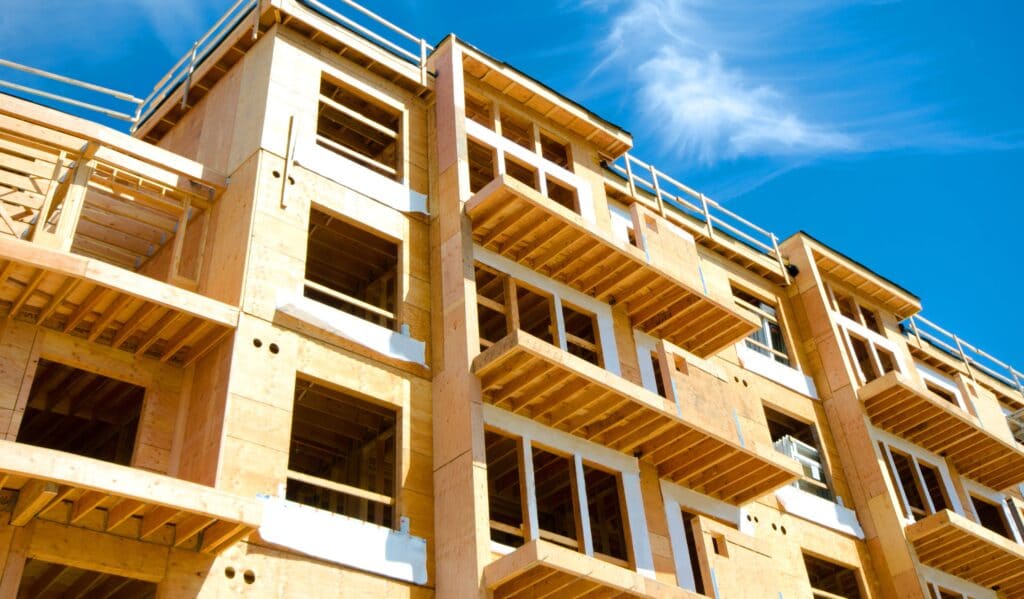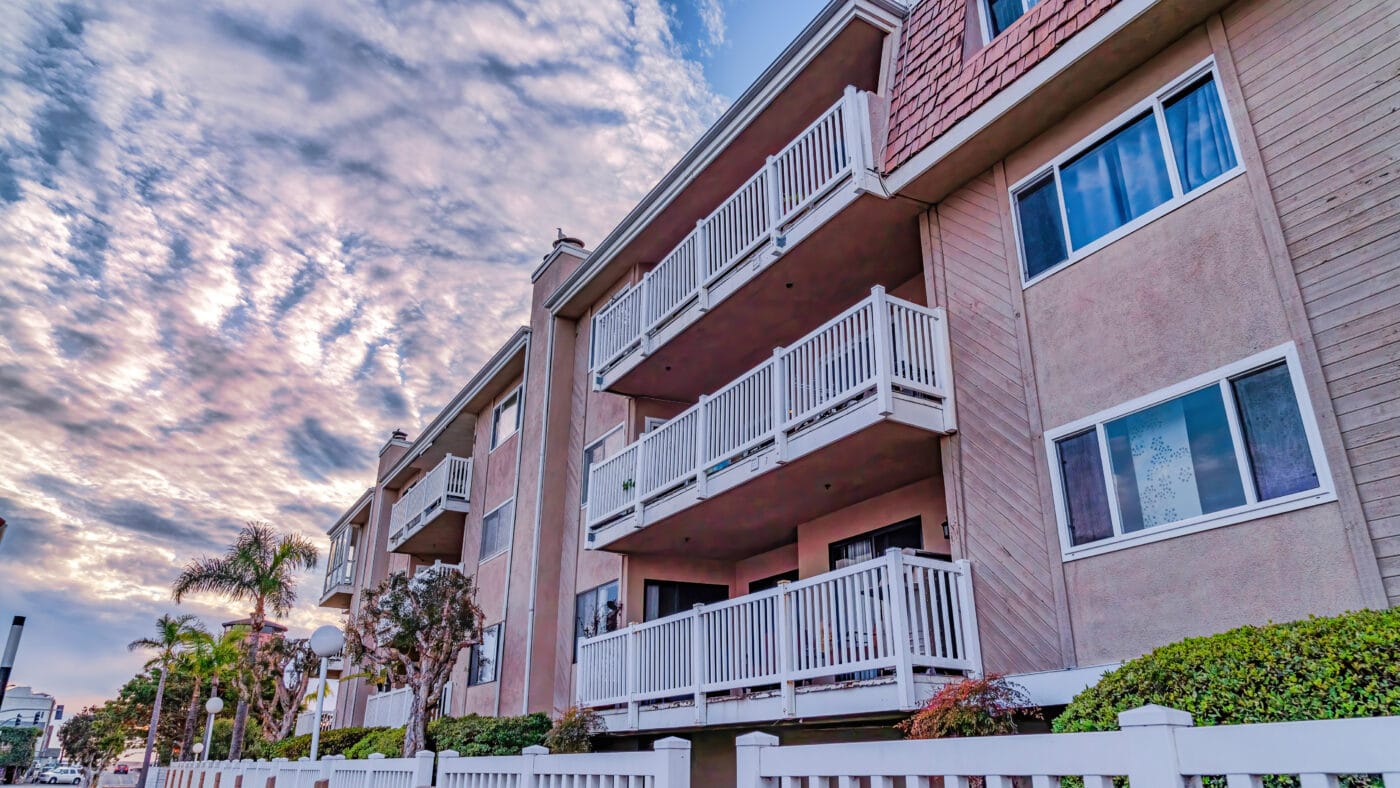Most HOA managers and board members are not statisticians, so plenty are likely scratching their heads to grasp the details of Senate Bill 326, California’s balcony inspection law affecting condos.
SB 326 requires HOAs to “have inspections at least once every nine years on a small percentage of their balconies, stairwells, and other exterior elevated elements to ensure they are safe.” A common question we hear from clients is:
“How many exterior elevated elements (EEEs) need to be inspected?”
In a previous edition of our newsletter, my colleague Brian Hill wrote a helpful article explaining balcony law terminology, including the term “statistically significant sample.” If you studied statistics in college or elsewhere, you may recall that term, as well as others like sampling, intervals and error rates. While it may sound like math-babble to many folks, these statistical concepts are incredibly important to understand now that they are written in the balcony inspection law for condos.
California Civil Code Section 5551 (SB 326) defines a statistically significant sample as a number of units to provide 95% confidence, with a margin of error no greater than plus or minus 5%. This is much more complex than the apartment balcony law (SB 721), which stipulates that you only inspect a 15% sample of each EEE. If you used a sample size calculator (available online), you would quickly find that in order to reach 95% confidence, the sample size would actually be quite far from a “small percentage.”
This begs the question: Why do condos and other common interest developments have larger and more rigorous sample sizes?
Some of us have hypothesized that this requirement is to help spur the next wave of construction defect litigation for recently built condos. (The first EEE inspection deadline for new condo buildings is six years after certificate of occupancy.) However, most of the 52,000 existing common interest developments in California are well past the 10-year statute of limitations. There must be a better reason, aside from keeping construction litigation attorneys in business.
On closer examination, we believe a more fundamental factor is at play. It comes down to the nuances between how large condos and apartment complexes are built. Because constructing EEEs involves multiple trade professionals, there are many variables impacting the conditions of each element.
Building Condos vs. Apartments
An apartment complex in an urban setting typically consists of one or a handful of buildings built all at once. Due to the income-generating nature of the asset, developers can get financing to fund the build-out of the entire property with one large construction team.
Many large residential for-sale developments, such as condos and single-family homes, are not built that way. Instead, they are constructed in phases over longer periods of time. This is done for a variety of reasons, including:
- Managing standing inventory (i.e., not flooding the local market and having empty houses sit vacant for months)
- Managing project financing (what they sell helps pay for construction of the next phase)
- Managing construction costs
This phased building process can mean the finish dates for the first and last condo units are months or even years apart. The crews, subcontractors and supervisors often change between – or even during – construction phases. While one homebuilder firm may be responsible for building a community of hundreds of residential units, the project team at the end is most likely different from the one at the beginning.
Impacts on Construction Defect Extrapolation
These differences in building processes for condos and apartments became important during the last big wave of construction defect litigation. Back in the 1990s and early-2000s, construction experts and attorneys frequently used small sample field test results to extrapolate and argue for astronomical costs of repair across entire communities.
Several years ago, Xpera Founder/Chairman Ted Bumgardner, addressed this issue with an article entitled, “In Construction, Seeing Is Believing,” in which he explained how sample sizes play a critical role in construction defect litigation, and why many extrapolations are misapplied:
“Central Limit Theorem is known as the ‘Law of Big Numbers.’ In residential construction installation issues, we are typically working in small numbers, when you consider the phase changes, contractor changes and crew changes that we typically see.”
Ted Bumgardner
In statistics, one of the most basic requirements needed to allow extrapolation is each data point is statistically independent – meaning that the first piece of data created or measured does not affect the other. In construction, statistically independent would mean the process for building Window #1 does not affect the process for building Window #2 or #250.
On the construction site, however, that is not the case. Aside from contractors streamlining the process with each window installed, there are also potential crew changes, supervisor/inspector changes and code updates during the various phases of construction. This reality makes it tricky to correctly and ethically apply extrapolation in construction defect litigation.

EEE Variables
The phased-building process used for condo complexes creates the same challenges for inspection as with construction defect litigation. Just as attorneys and experts should not extrapolate small sample sizes across a large complex when determining settlements, HOA boards should not extrapolate a small inspection sample to deem whether or not the rest of EEEs are safe and functional.
To illustrate this point, let’s look at balconies. During construction, balconies are worked on by a number of different trades, depending on the design:
- Framing contractor (wood frame)
- Concrete contractor (substrate deck)
- Waterproofing contractor (deck coating)
- Sheetmetal contractor (flashing around the deck)
- Electrical contractor (if lights are embedded on the bottom)
- EIFS/stucco contractor (exterior walls surrounding the balcony and/or soffit covering the bottom)
- Fenestration contractor (doorway to the balcony)
Even if Phase V uses the same design as Phase I, a crew change can compound the variables. By the time you factor in other considerations, like weather conditions at the time of the build, which direction a particular wall is facing, etc., it quickly becomes apparent that two identical-looking EEEs could have vastly different conditions at the time of inspection.
Since EEE inspections occur years after construction, the inspector typically comes in with no detailed knowledge of who worked on each element and when. To an inspector, each balcony is a black box until they look at it more closely.
Using statistics, we are able to gain a better understanding of the entire population we are investigating. Due to the factors mentioned previously, it becomes apparent that a small sample size does not cut it. A small inspection sample could miss a wide swath of EEEs that are in critical need of repair.
This is likely why lawmakers included the term “statistically significant” in SB 326. In order to trust that the results are truly reflective of the whole community.
Is 95% Confidence Enough?
Some of our clients are considering performing 100% inspections to mitigate the risk of missing a deteriorating – and potentially dangerous – condition hidden behind a soffit.
If you do not want to leave anything up to chance, the difference in cost to inspect everything, rather than a sample to reach 95% confidence, may not be as big as you think. This is especially true if the EEEs are not covered with a stucco soffit and can easily be accessed with a ladder.
In the case of HOAs with fewer than 50 condo units, the difference between 100% inspections and SB 326’s statistically significant criteria could only be a few elements.
While the 2025 EEE inspection deadline may feel far away, keep in mind that there are 52,000 other common interest developments in California facing the same deadline. With the first inspection cycle, there could be a shortage of inspectors to accommodate everyone’s needs. Smart owners and managers will make their inspection plans early.
To learn more about VERTEX’s Balcony Assurance program, visit our service page.




